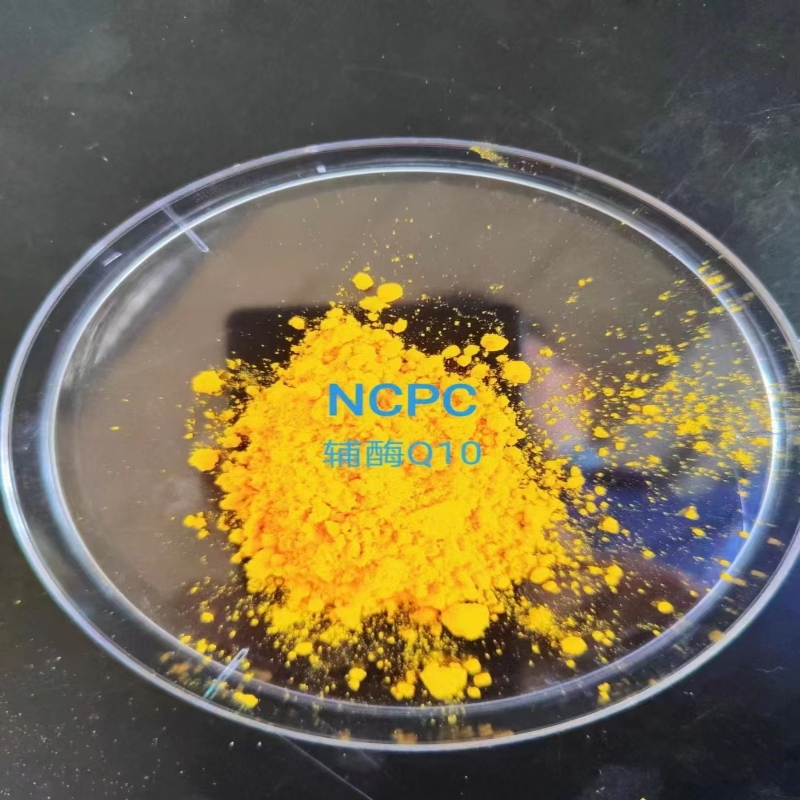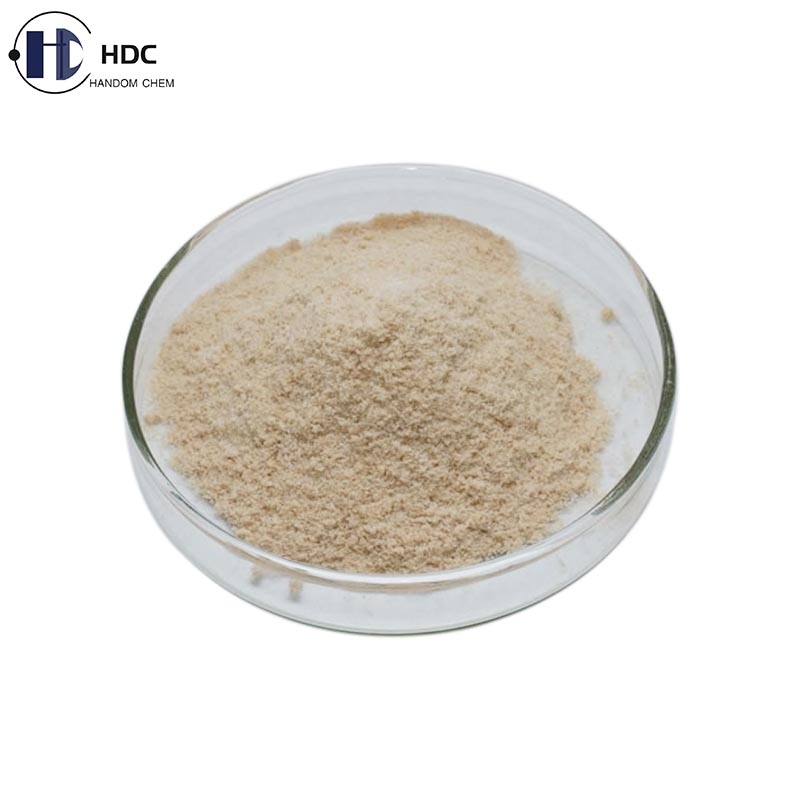Advances in the study of directional evolution of marine bacterial enzyme hybrid catalysis
-
Last Update: 2020-07-10
-
Source: Internet
-
Author: User
Search more information of high quality chemicals, good prices and reliable suppliers, visit
www.echemi.com
Enzyme-catalyzed chemical reactions in organisms are an important driving force for the orderly operation of life metabolismConventional wisdom holds that enzyme catalysis chemical reactions are very precise and specialized, but in recent years a growing body has shown that enzymes have a variety of "part-time" functions, a non-specific phenomenon of enzyme catalysis function known as promiscuityCatalytic proselectrics of enzymes can provide a "weapon bank" for organisms to adapt to changing chemical environmentsIn industry, the use of enzyme-using hybrid catalysis can help people synthesize chemical molecules and repair polluting environmentsrecently, the algae resources and ecological engineering research team of the Tropical Marine Living Resources and Ecology Key Laboratory of the Chinese Academy of Sciences has made progress in engineering the hybrid catalytic function of enzyme proteinsIt was found that an ocean-
bacteriaproline dipeptidease had the function of mixed hydrolysis on oxyphos pesticidesThe activity of the enzyme hydrolysis dipeptide (kcat/Km?(7.68 x 1.24) x 104 M-1s-1) is nearly 100 times that of hydrolysis-to-oxygen phosphorus (kcat/Km?(0.94-0.09) x 103 M-1s-1)The research team hopes to improve the activity of the peptide enzyme hydrolysis on oxyphosphorus by optimizing the substrate binding pocket, and to carry out fixed-point saturation mutation and combination mutation of the 11 amino acid residues that make up the enzyme substrate binding pocket, and obtain the optimal mutation D45W/H226G from more than 4000 mutants through multiple rounds of screeningCompared to wild types, the activity of D45W/H226G hydrolysis increased by 30 times (kcat/Km?(2.96 x 0.05) x 104 M-1s-1), and the base spectrum of other organophosphate compounds was significantly widenedIn addition, along with the increase of mixed activity, natural peptide activity decreased significantly (kcat/Km?1.76?0.02 M-1s-1), and the catalytic selectivity of mutantases and wild enzymes was converted 106 times (Figure 1)To explore the causes of the selective difference between the two amino acid residue mutations, the team used X-ray diffraction technology to analyze the protein crystal structure of wild enzymes and mutant assesBy comparing the protein structure, the study combined with molecular dynamics simulation revealed that the changes in the binding of the substrate binding pocket form affect the binding pattern of the two substrates and the enzyme activity center, and the binding of oxygen phosphorus in the mutant enzyme is more conducive to the catalytic reaction, but the combination of dipeptide substrates in the mutant enzyme is the opposite (Figure 2)the study improves the use of the hybrid catalysis function of enzymes, the in vitro directional evolution ofbacteriapeptide asase into an aerobic phosphorus hydrolysis, which provides an efficient enzyme element for the microbial degradation of organophosphate contaminants, and also helps to enhance the understanding of the selective molecular level of the enzyme catalysis substrate (
Bio valley Bioon.com)
This article is an English version of an article which is originally in the Chinese language on echemi.com and is provided for information purposes only.
This website makes no representation or warranty of any kind, either expressed or implied, as to the accuracy, completeness ownership or reliability of
the article or any translations thereof. If you have any concerns or complaints relating to the article, please send an email, providing a detailed
description of the concern or complaint, to
service@echemi.com. A staff member will contact you within 5 working days. Once verified, infringing content
will be removed immediately.







